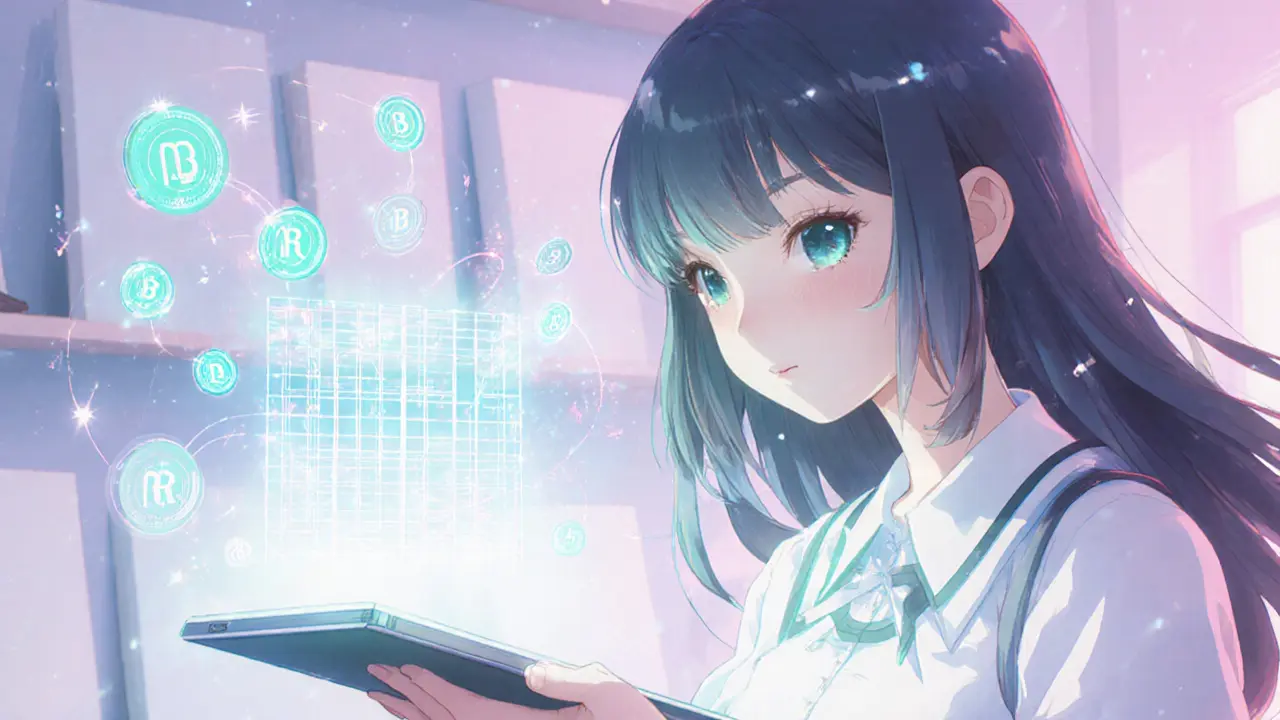blockchain art – the new frontier for creators and collectors
When talking about blockchain art, art created, bought, or verified using blockchain technology. Also known as crypto art, it blends creative expression with cryptographic trust. In practice, NFT, non‑fungible token that proves uniqueness of a digital item serves as the digital certificate for each piece, while smart contract, self‑executing code on a blockchain that enforces terms automatically handles royalties, transfers, and provenance. This means blockchain art encompasses NFT minting, requires smart contracts for automated payouts, and lets creators retain control over future sales. The result is a transparent marketplace where ownership histories are immutable and collectors can verify authenticity with a single click.
Why blockchain art matters for authenticity and value
One of the biggest challenges in the art world is proving a work’s originality. digital collectible, a tokenized item that can be owned, traded, and displayed online tackles that by attaching a unique hash to each piece, turning it into a tamper‑proof record. This anti‑counterfeiting capability mirrors what we see in supply‑chain tokenization, where blockchain logs every handoff to stop fakes. For artists, tokenization also opens new revenue streams: every resale can trigger a programmed royalty, ensuring they benefit as their work appreciates. Collectors, on the other hand, gain confidence that the piece they hold isn’t a copy, because the underlying ledger records every transaction forever. The synergy between NFTs, smart contracts, and blockchain art creates a feedback loop—more trust fuels higher prices, which in turn attracts more creators to the space.
Beyond authenticity, the ecosystem offers tools that let anyone jump in. Marketplaces such as OpenSea, Rarible, and emerging niche galleries provide simple minting interfaces, while analytics platforms track floor prices and trading volume in real time. Artists can experiment with interactive pieces that change based on on‑chain data, or embed unlockable content that only the owner can see. Meanwhile, developers are building standards like ERC‑721 and ERC‑1155 to make cross‑platform compatibility smoother. All these pieces—NFT standards, smart‑contract royalty mechanisms, and anti‑counterfeiting tech—interlock to form a vibrant, rapidly evolving market. Below you’ll find a curated list of articles that break down each component, from deep‑dive reviews of DeFi platforms that support NFTs to practical guides on how to protect your digital art from forgery. Dive in to see how blockchain art is reshaping creation, ownership, and value in the digital age.
Future of Digital Art on Blockchain: Trends, Tech, and Market Outlook

Explore how blockchain, AI, and DeFi are reshaping digital art, with market forecasts, technical basics, sustainability tips, and a step‑by‑step guide for creators.
